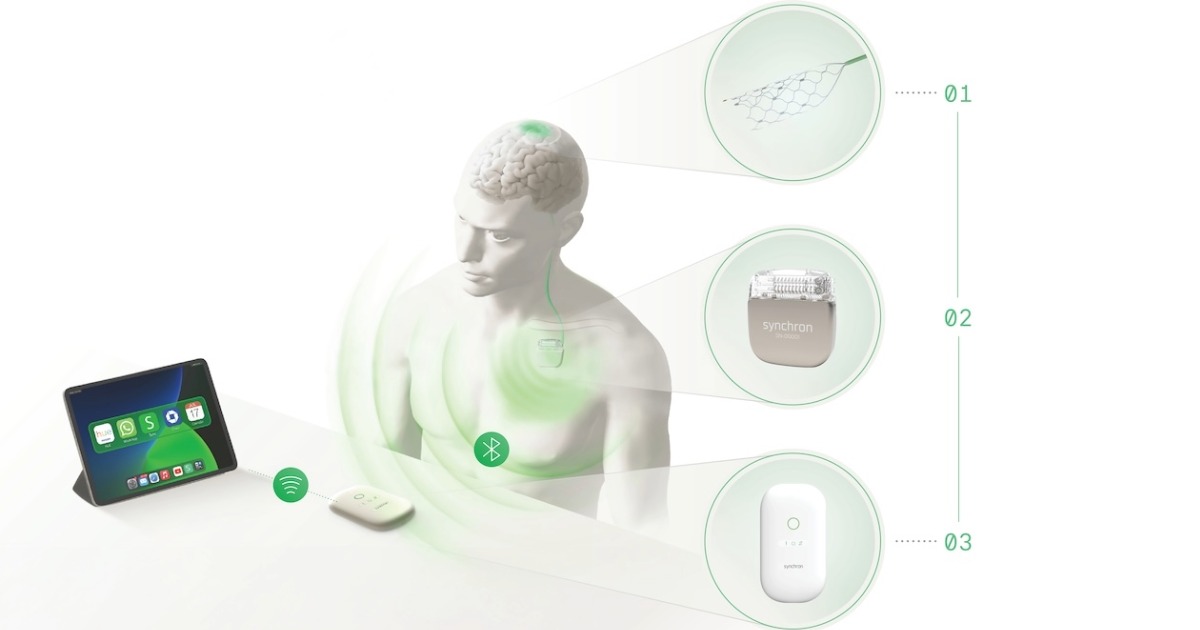Robert Jarrin, senior director of government affairs at Qualcomm, is waiting – along with the rest of the mHealth community – for the Food and Drug Administration to finalize its mobile medical apps guidance.
The draft guidance was issued in July 2011, and recently FDA officials alluded to a final release before this October.
“(The) FDA should promptly finalize the MMA draft guidance document,” Jarrin urged at a recent Congressional hearing. He also recommended that the final MMA guidance offer specific examples of low-risk, regulated mobile medical devices that the FDA, through enforcement discretion, would not regulate.
Jarrin agrees that low-risk apps are a murky area. “The take-away is, we need more clarity,” he said in a recent interview with Healthcare IT News. “My feeling is as you get into higher risk devices, it’s much less murky.”
Jarrin has been working for San Diego-based Qualcomm for 13 years and began his role in government affairs for the company in 2001. The bulk of his work involves working with federal agencies, he said.
“For a guy like me, as involved as I am, the murkiness comes from whether or not the FDA should regulate those devices that are so low risk (that they don’t pose a threat to the public)," he said. "Should the agency expend the time and energy to do so?”
In its draft guidance, the FDA has given a few examples of low-risk devices, including educational tools, low-risk medication reminders, IV drug dose calculators, BMI calculators and substance abuse behavior guides. Jarrin would like to see more.
Speaking for Qualcomm, he said the FDA should:
- Provide more clarity on the term “intended use” in light of ambiguous and general health claims and terms that are popularly used by the health IT industries.
- Consider how it will assess exemption from good manufacturing practices (GMP), a costly and time-consuming regulatory process that Jarrin feels isn’t needed for low-risk devices.
- Classify accessories according to their individual level of risk and not according to the device with the highest classification level. “This is a big deal in the medical space,” Jarrin said. “It’s very problematic in a software world.” Modular components added to a device – even something as simple as changing a display – must take on that device’s classification level. “It opens up a very thorny area of the law that (the) FDA has done little to answer. We’re trying to push this topic,” he said.
- Continue its commitment to consistency, predictability and transparency by coordinating internal and external efforts through a single dedicated office of mobile health within the FDA. “So much is being done in the mobile health world,” Jarrin said. “Somebody should control this at the FDA. It would be great if (the) FDA had an office of health IT or mobile health within the agency.”
-
Make the public more aware other useful resources, such as “CDRH Learn,” “Device Advice” and the Division of Small Manufacturers, International and Consumer Assistance (DSMICA), which works with app developers and their communities. “The FDA has incredible learning resources on their website,” Jarrin said. “They’re all really great and (the FDA) should extol those and tweak them.”


